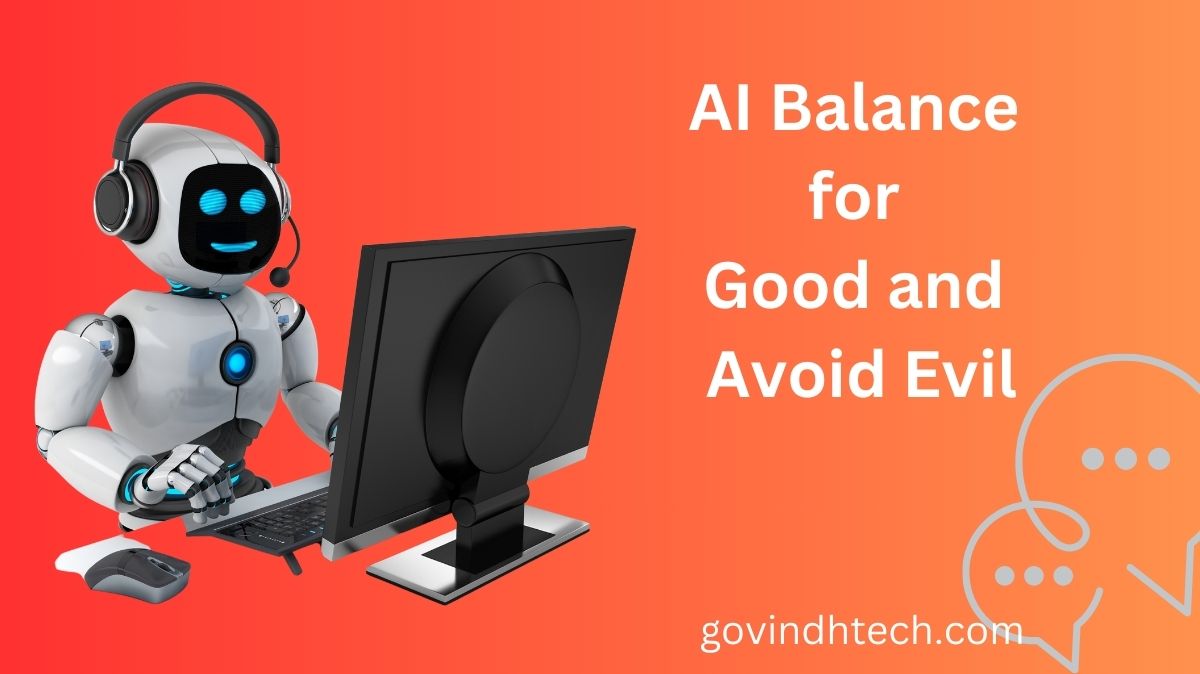AI Balance organizations should target harm prevention. Some companies want to employ AI for “doing good.” Sometimes AI needs defined guardrails before being considered “good.”
As generative AI becomes mainstream, companies are thrilled about its potential to revolutionize processes, cut costs, and improve commercial value. Business leaders want to reinvent their strategy to better serve customers, patients, workers, partners, and citizens and enhance the experience. Global enterprises are facing new possibilities and threats from generative AI, and HR leadership is crucial to addressing these concerns.
Increased AI adoption may require compliance with complex regulatory requirements like NIST, the EU AI Act, NYC 144, US EEOC, and the White House AI Act, which affect HR and organizational policies, social, job skilling, and collective bargaining labor agreements. Top worldwide resources including NIST, OECD, the Responsible Artificial Intelligence Institute, the Data and Trust Alliance, and IEEE recommend a multi-stakeholder approach to AI balance.
Not only an IT position; HR is crucial.
HR experts now advise firms on current and future capabilities, including AI and other technology. Employers expect 44% of workers’ skills to change in five years, according to the WEF. HR managers are researching ways to boost productivity by enhancing workers’ work and letting them concentrate on higher-level tasks. As AI capabilities grow, corporate leaders must examine ethical issues to avoid harming employees, partners, and consumers.
IT, legal, compliance, and business operators now collaborate on worker education and knowledge management as a multi-stakeholder process rather than a once-a-year checkbox. HR leaders must be deeply involved in developing programs to create policies and grow employees’ AI acumen, identifying where to apply AI capabilities, establishing a AI balance governance strategy, and using AI and automation to ensure thoughtfulness and respect for employees through trustworthy and transparent AI adoption.
AI ethical adoption in organizations: challenges and solutions
AI adoption and use cases are growing, but companies may not be ready for the myriad concerns and repercussions of integrating AI into their processes and systems. IBM Institute for Business Value study found that 79% of executives stress AI ethics in their enterprise-wide AI strategy, while only 25% have operationalized common AI ethics concepts.
Policies alone cannot stop the rise of digital technologies, thus this difference. Workers’ unapproved use of smart devices and applications like ChatGPT or other black box public models is a continuous problem that lacks change management to alert workers of the hazards.
Workers may use these tools to send emails to customers using confidential customer data, while managers may use them to create performance reports that reveal employee data.
Establishing appropriate AI practice focal points or advocates in each department, business unit, and functional level may decrease these risks. HR may lead and promote ethical and operational risk mitigation in this situation.
Finally, a AI balance strategy with shared beliefs and principles that connect with the company’s goals and business plan and are conveyed to all workers is essential. This strategy must advocate for workers and explore ways firms may use AI and innovation to advance corporate goals. It should also educate staff to prevent AI damage, rectify disinformation and prejudice, and promote AI balance internally and externally.
Top 3 AI Balance adoption considerations
The top three considerations for business and HR executives developing an ethical AI strategy are:
Center your approach on individuals
Prioritize humans while planning your advanced technology strategy. This involves discovering how AI interacts with your people, conveying how AI can help them succeed, and redefining work. Without training, workers may worry about AI replacing them or eliminating the workforce. Inform staff honestly about how these models are constructed. HR directors must handle employment shifts and new categories and positions produced by AI and other technology.
Allow business and technology governance
Not every AI is one. Since organizations may deploy it in different ways, they must define AI balance, how they will use it, and how they will not use it. Each AI use case, whether it uses generative AI or not, should evaluate and design principles like transparency, trust, equality, justice, robustness, and diverse teams in accordance with OECD or RAII criteria. Each model should also be reviewed for model drift, privacy, and diversity, equality, and inclusion metrics to mitigate bias.
Identify and match job skills and tools
Some staff are already using generative AI technologies to answer queries, create emails, and conduct other basic activities. Therefore, businesses should immediately express their intentions to utilize new technologies, establish expectations for personnel utilizing them, and help guarantee that their usage corresponds with their values and ethics. To improve AI skills and employment prospects, companies should provide skill development.
Successful adoption requires practicing and integrating AI balance within your workplace. IBM prioritizes AI balance with customers and partners. A unified, cross-disciplinary AI Ethics Board was formed by IBM in 2018 to promote ethical, accountable, and trustworthy AI. Senior executives from research, business units, human resources, diversity and inclusion, legal, government and regulatory affairs, procurement, and communications make up the group. The board oversees AI efforts and decisions. IBM integrates accountability, taking AI’s advantages and challenges seriously.


